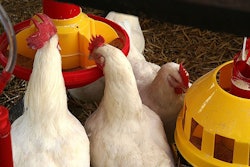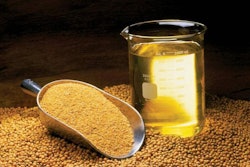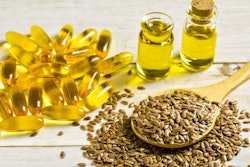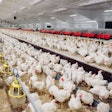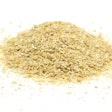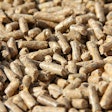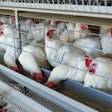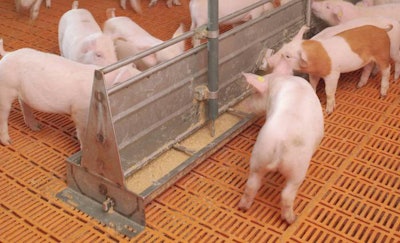
Piglet feeds are not expensive when seen as an investment, but they are rarely considered as such, and this is why producers prefer less expensive, but ultimately costly, alternatives.
This has probably been the story of my life, as I have been involved with piglet nutrition since Day Zero, and I continue to do so, although I am now working on early animal nutrition including all species.
But, back to piglets, it is no secret that most pig producers (at any level or size) are reluctant to spend (invest) money on high-quality (expensive) piglet feeds. Instead, they continue to try every possible alternative from home-mixed formulas to near-impossible products. In my experience, I have identified three main reasons why most pig producers prefer not to buy high-quality (expensive) piglet feeds.
-
They do not see a difference
This might be true as their facilities and management, including hygiene and biosecurity, are top-notch. In some cases, piglets require more dense diets, not more complex ones and there is concrete research behind this. But, this might not be true (I mean the difference) as they do not consider a slightly scouring or unthrifty piglet as a big problem as they have bigger issues to worry about. Some do not even visit their farms and operate in isolation from an office looking only at bills and checks, letting unskilled labor to take care of their animals. In most such cases, the veterinary bill is always high.
-
They rely on pigs catching up later
Pigs, like most animals, have the ability to catch up if they have a bad start in life, but that requires much better nutrition and ample time later on – neither of which are available to commercial pigs today. Whatever compensatory growth happens is mainly fat and organs (costly), whereas protein (less costly) growth is rarely achieved. Again, there is plenty of research behind all these. Many producers just allow pigs an extra week or two to reach market weight and this is catching up enough for them as they do not factor in the expense of time. Perhaps they are right, if their production system is as such designed to perform, but in most modern enterprises, extra days in the barn are not free of charge.
-
They buy feed by the pound or kilogram
When finishing feed costs less than US$300 per ton, paying five times that for piglet feed seems truly insane. But, few account for the fact that the expensive feed is consumed only at a rate of 1 kg per piglet with a feed conversion rate close to 1:1, with the least expensive one at a rate of 100 kg per pig with a feed conversion rate about 3:1 (at best). In my opinion, any feed savings are better reserved for that very last phase, where one is expected to pay US$30 per pig versus the US$1.50 per pig at the very first phase (this price is rather more stable over time).
A piglet first feed worthy of even US$2,000 per ton is a great investment as the cost per pig is minimal and the effect (if the feed is worth its salt) can amount to 10 fewer days to reach market weight (or other similar benefits depending on the situation).
I keep focusing my clients on saving money toward the end of the production phase where inefficiency is the rule and high feed intake robs profitability rather fast. But I understand seeing a bill with a piglet feed costing that much can be a really tight choker.

